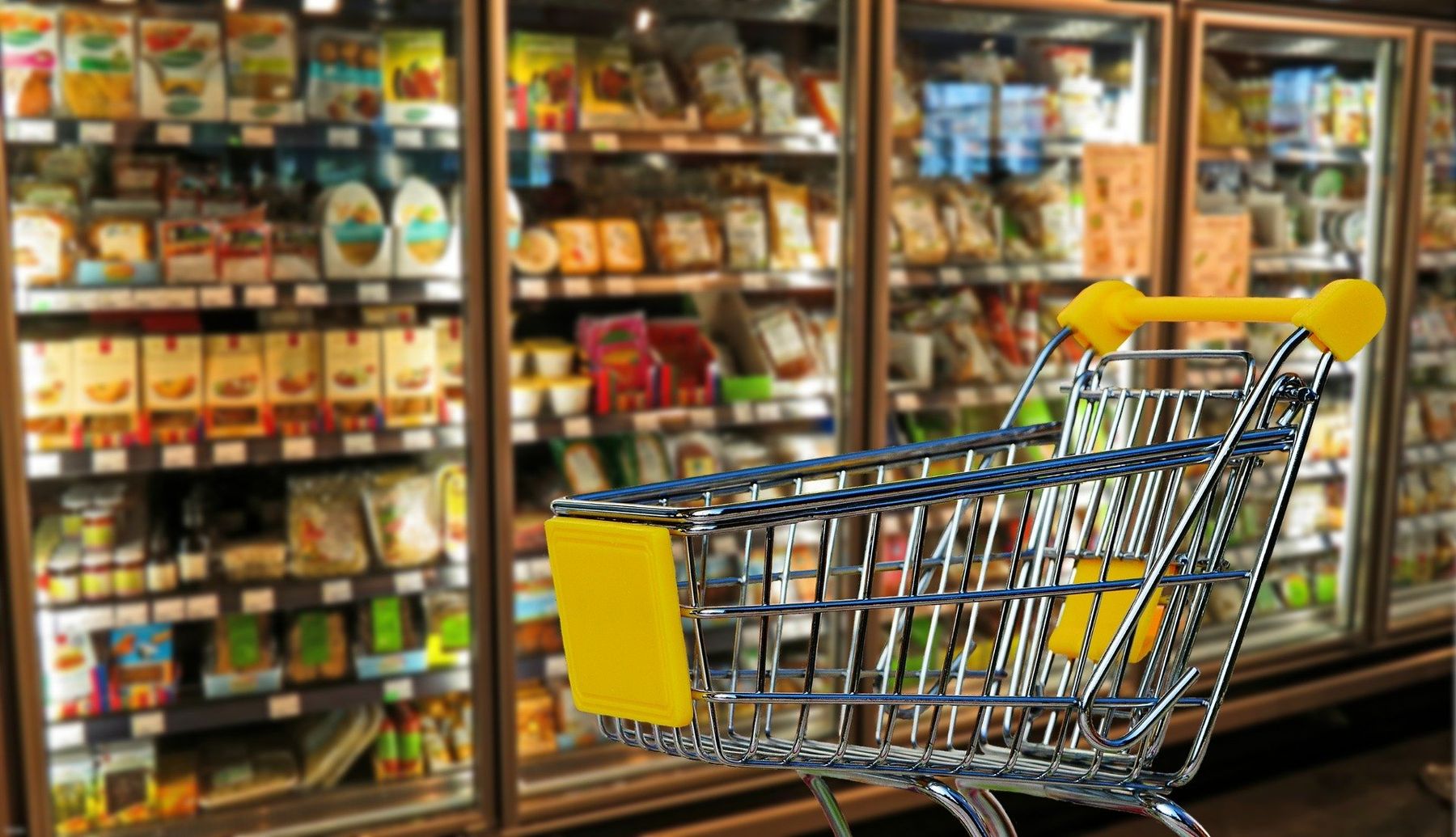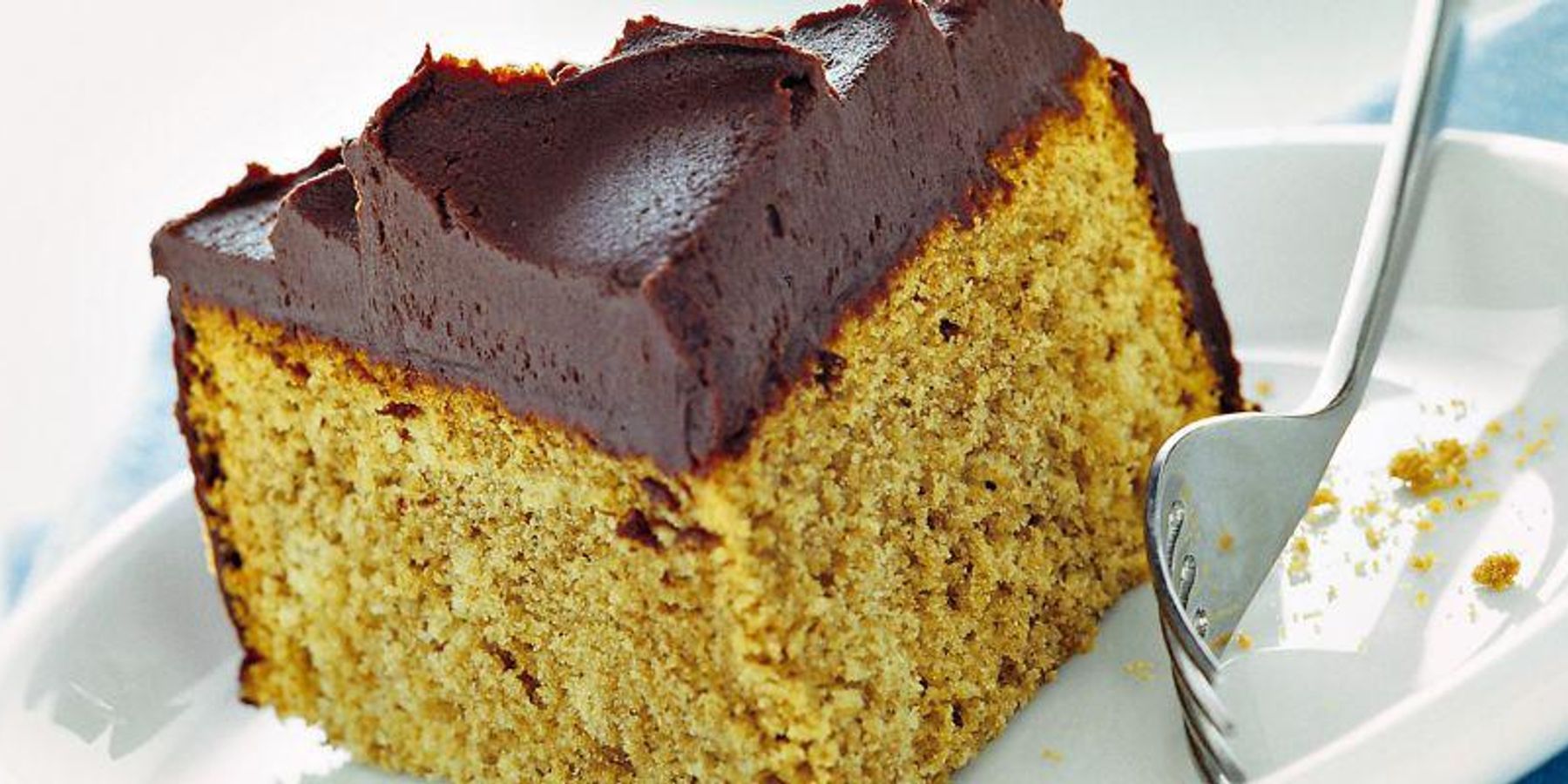The shopping list: fast, healthy and without waste

A vademecum with tips for shopping quickly and effectively, putting the right nutrients in the cart
shopping list - Messages circulate online, on social networks and in the various virtual groups that tell of how much food, at the time of smart working and the emergency that forces us into the home, is messy and without rules.
A little is made fun of, jokes and jokes about it. A little bit no. This moment is really difficult and complicated: it is not easy to organize shopping and then, once the fridge and pantry are full, the diet is not always balanced and without waste. Here, having some suggestions can be really useful.
The vademecum
Here comes the vademecum proposed by the dieticians and nutritionists of Robin Foood Onlus and by the Banco Alimentare Foundation, dedicated to all those who want to organize themselves well to feed themselves in the right way (without necessarily being on a diet), avoiding waste and making an effective shopping . The idea comes from a project that precedes this emergency: it is the cultural, educational and social project of the Banco Alimentare Foundation which, with the scientific contribution of Robin Foood Onlus and the support of Carrefour, supplies many families in difficulty with intelligent food. “In this difficult moment - says Carla Lertola, President of the Robin Foood Onlus Association and Medical Surgeon Specialist in Food Science and Dietetics - we decided to make our contribution by sharing important information on food culture”.
The basis is to distribute meals well throughout the day, even when the rules of normal life are all subverted by an extraordinary situation: "The meals should be 5 and they should be punctuated and regular" explains the dietician.
There is breakfast, the two main meals, and two mid-morning and mid-afternoon snacks. "If we manage to eat well and normally, introducing and distributing nutrients in the correct way, nutrition already gives us everything the body needs, including vitamins that strengthen the immune system," Carla Lertola emphasizes.
Organize meals and foods
In the vademecum they suggest how to organize a typical day from the food point of view. Here she is:
For breakfast: 1 serving of a high carbohydrate food such as rusks, cereals, dry biscuits and 1 serving of protein choosing from cow's milk, yogurt or vegetated drinks with soy, oats, almonds.
Snack: a portion of fresh fruit, preferably in season.
At lunch and dinner: a food with a high carbohydrate content, choosing between wholemeal bread, pasta, rice, polenta or potatoes if possible; a portion of a high-protein food, varying between legumes, fish, white meat, red meat, fresh and aged cheeses, eggs and cured meats. For red meats, eggs, aged cheeses and cured meats, it is better to limit yourself to once a week; a portion of fresh vegetables, possibly in season or, alternatively, frozen.
Do not overdo it with the seasonings and it would be better to prefer extra virgin olive oil.
As for the portions Robin foood has prepared a very clear scheme.
The suggestion is to use a unit or volume calculation, taking as reference the size of your hand.
The portion of bread and meat must be as large as your hand. Pasta, rice and sandwiches the size of your fist. The mature cheese: 2 fingers.
Last very useful tip: the shopping list.
In the vademecum they have drawn up a real shopping list. The quantities indicated are the average ones for one person, so if it is a matter of spending for a family of three, they must be multiplied by three. The idea is to provide a tool that allows you to do a quick shopping, where all the elements you need are not lacking.
SHOPPING LIST
1-1.5 liters of cow's milk or vegetable drink
1 pack of biscuits, rusks or breakfast cereals
1-1.5 kg of bread, pasta and rice
3 cans of small legumes or 1 pack of dried legumes
0.5 kg of fish already cleaned
200-250 g of white meat
100-150 g of red meat
50-70 g of cured meats
2 eggs
100 g of fresh cheese
50 g of aged cheese
3-3.5 kg of vegetables
2.5-3 kg of fruit
extra virgin olive oil, one bottle.
Dr. Lertola is keen to emphasize that “naturally, if you have the time and desire to stop and take other products, no one forbids it! We are not talking about the diet of a diet. These are simply suggestions for a sober, healthy and balanced diet, which is now more important than ever ”.
And for those who also want to know what she cooks, who is a dietician, there is also her facebook page "I tell just what I cook for myself every day: it's a way to keep in touch with friends and patients".
Barbara Roncarolo
March 2020
photo credits: Alexas_Fotos






